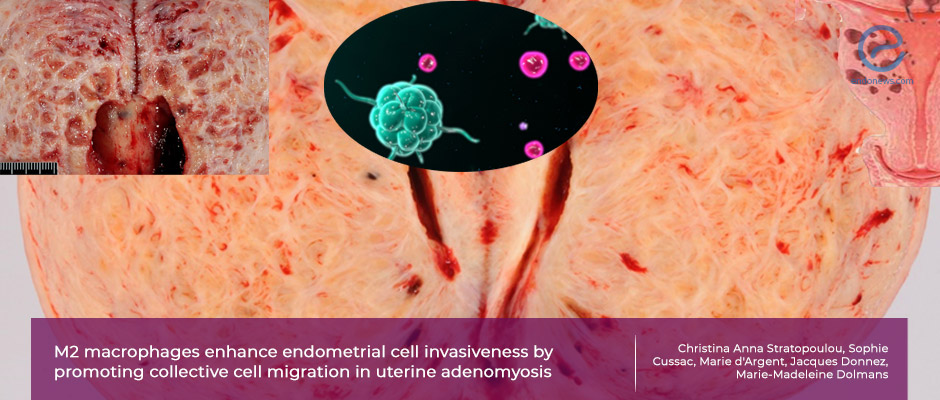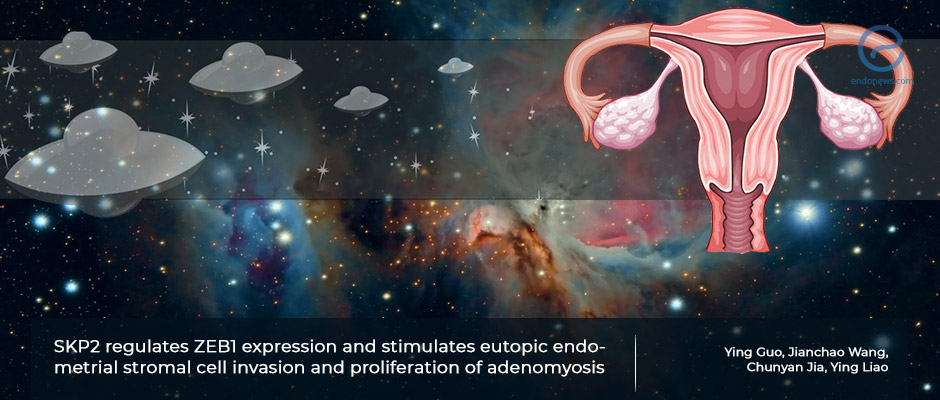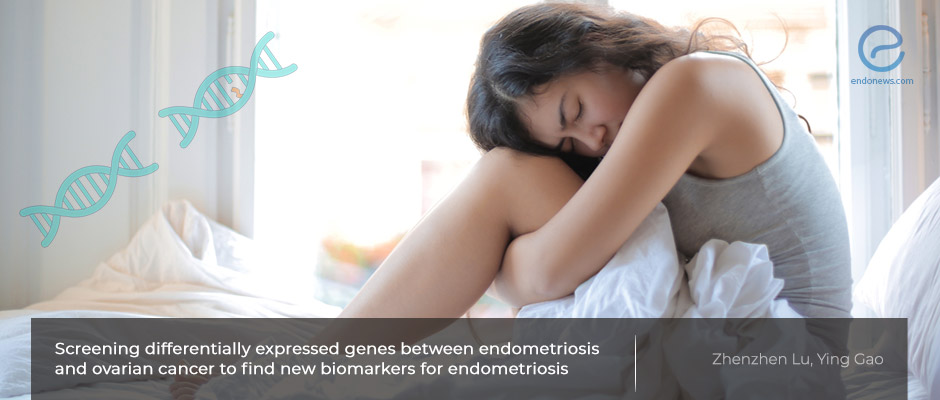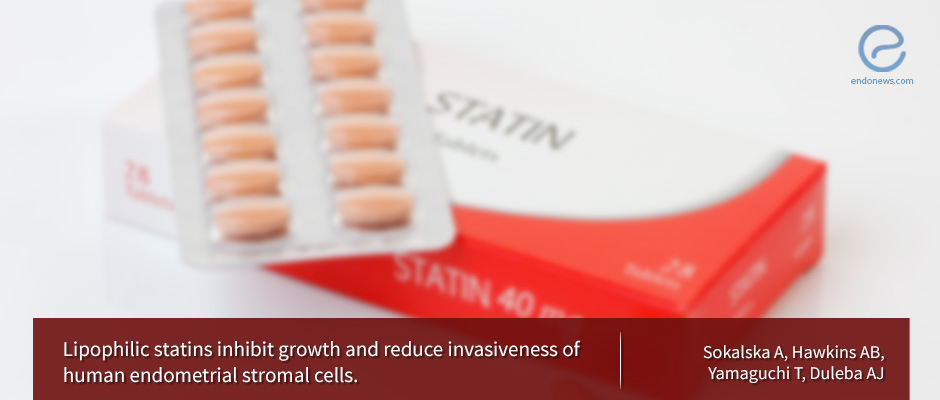The enhanced invasiveness, migration and the development of adenomyosis: Importance of M2 macrophages
Adenomyosis is the ectopic presence of endometrial stromal and glandular cells inside the myometrial tissue. Adenomyosis is diagnosed in women with gynecological problems with an incidence of 20%, although it is encountered much more frequently in hysterectomy specimens. Among many…
Key Points Lay SummaryCancer invasion genes to explain invasiveness of adenomyosis
Adenomyosis looks similar to endometriosis, but it is not the same. However, the invasiveness and migration patterns of both diseases have something in common. The study conducted by Guo et al. questioned whether invasiveness genes that have already been studied…
Key Points Lay SummaryResearch Identifies New Genes That Could Be Targeted to Treat Endometriosis
Researchers identified three new genes that could help understand the invasiveness of endometriosis. They also identified one new gene that could be related to the recurrence of the disease. These genes may potentially be new therapeutic targets for endometriosis. In…
Key Points Lay SummaryLipophilic Statins inhibit growth and invasiveness of human endometrial cells
Endometriosis is a disease process whereby cells of the endometrium grow and invade structures outside of the uterus. Through recent research, it has been seen that endometriotic foci in women with endometriosis exhibit an altered phenotype that contributes to its…
Key Points Lay Summary
 By Hale Goksever Celik
By Hale Goksever Celik

 By Bahar Yuksel
By Bahar Yuksel

 By Özge Özkaya
By Özge Özkaya

 By Murat Osman
By Murat Osman